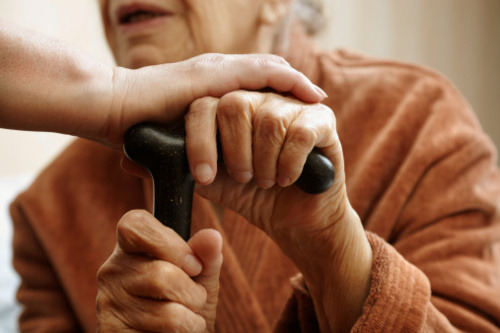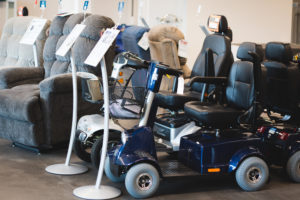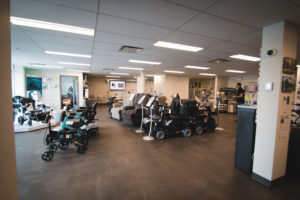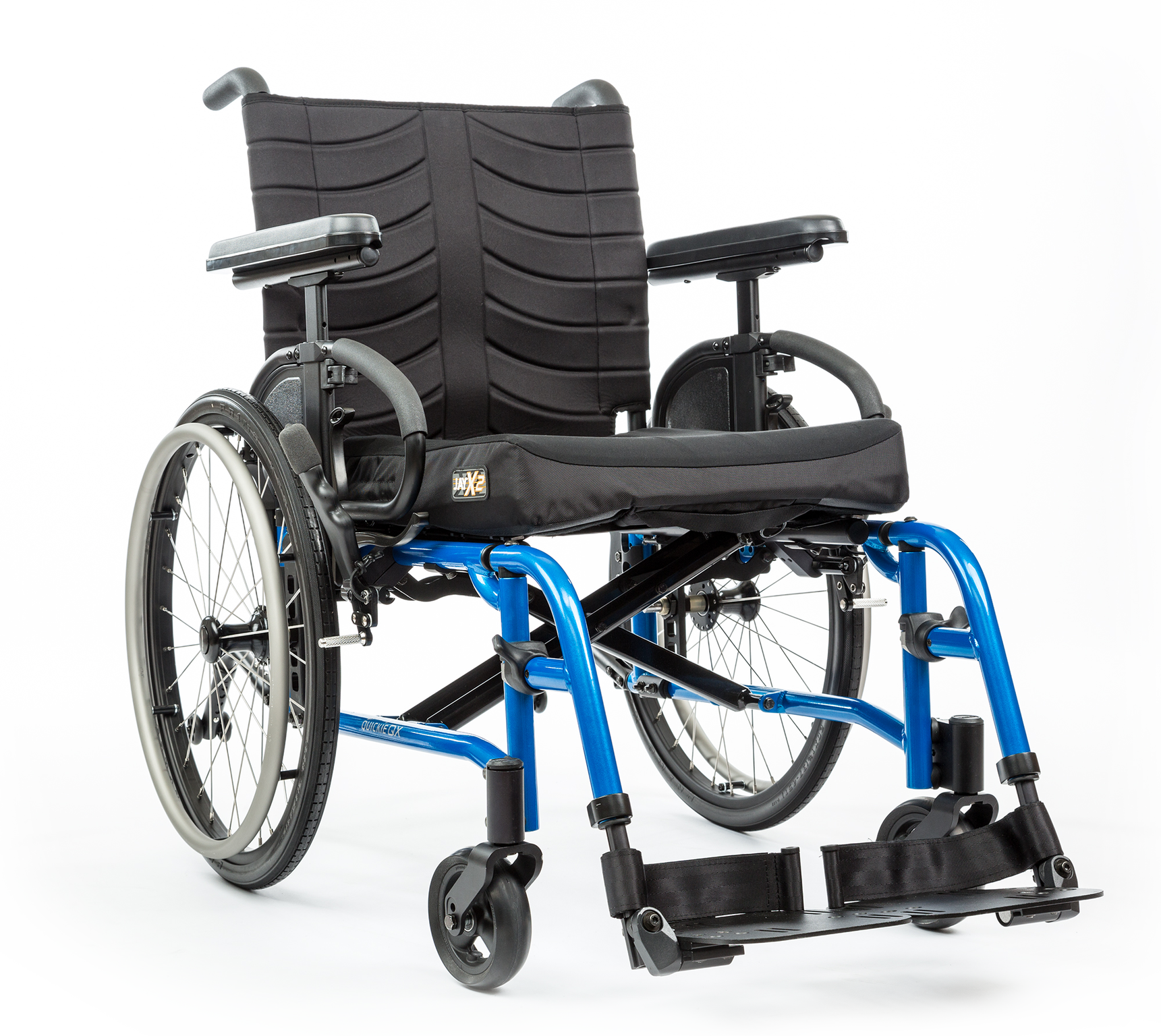
The end of the year is a special time. For many, it gives us a chance to reflect on the past year and identify areas of our lives that we’d like to change or improve.
In this post, we share some of our favorite New Year’s resolutions for seniors and older adults to help them live healthy, happy, and independent lives.
For more articles like, remember to regularly check out our blog. For more information about aging in place, contact us today.
1. Stay/Get Active.

We all know the importance of regular exercise. However, as we get older it can be hard to find the motivation to get the same amount of physical activity we did in our younger years. As our bodies become more fragile, we may also feel less safe performing certain exercises.
However, aging shouldn’t put you off exercise. Regular exercise can help boost your energy levels, manage symptoms of illness, and continue to maintain an independent lifestyle.
Staying physically active can also help to control blood pressure, protect against diabetes, decrease the risk of falls, and lower cholesterol. A study by Harvard Medical School has also shown that regular exercise enhances the action of endorphins in our body, helping to ward off mental illnesses such as depression and anxiety.
Seniors are recommended to accumulate at least 2.5 hours of moderate-intensity aerobic exercise per week (in bouts of at least 10 minutes) and perform muscle-strengthening exercises at least twice a week to train all the major muscle groups (legs, hips, back, abdomen, chest, shoulders, and arms).
2. Eat Right.

Just as we already know how important it is to exercise regularly, we also know how important it is to maintain a clean and healthy diet. However, healthy eating becomes even more important as we get older.
Maintaining a good diet is vital for giving you the energy to perform your day-to-day tasks and helping you fight of disease or illness.
Adults 50 years or over should consume between 2,000 to 2,800 calories per day for males, and 1,600 to 2,200 calories per day for females, depending on the amount of physical activity the individual engages in.
If you struggle to meet these requirements and are known to skip meals during the day, try to schedule your meals for the same time each day. You’ll soon find yourself feeling hungry around these set times, which will serve as a good reminder to eat something.
Also make sure you consume a balanced diet of fruit, vegetables, proteins, grains, oils, and dairy products to make sure you get a variety of nutrients from different sources. Stray away from overly-processed foods and avoid consuming high amounts simple carbohydrates such as sugar, honey, and jams. These foods are a quick source of energy as they are very easy to digest but their effects wear off just as quickly, which can leave you feeling lethargic and drained.
Consider using a calorie counter and/or food journal to keep track of what kind of foods you are consuming and where you might be able to improve your diet. Also consider working with a nutritionist to create a well-balanced diet plan to help you keep up your strength throughout the day, and refer to Canada’s Food Guide to Healthy Eating for more information on healthy eating tips for seniors.
3. Fall-Proof Your Home.

According to Veterans Affairs Canada, falls account for more than half of all injuries among seniors, making them the leading cause of injury for the elderly in Canada. However, falls are also the most preventable risk to health among senior Canadians.
One of the simplest ways to prevent falls in and around the home is by removing tripping hazards. Before you consider investing in expensive home accessibility equipment, assess your house for major tripping hazards and address them.
This can include simple tasks such as removing rugs in transit areas (such as the hallway, the living room, and the entrance) and picking up any stray objects that may have ended up on the floor (such as pet toys). If you must hold onto a particular rug or mat, make sure you underlay it with an anti-slip pad and consider taping it in place.
Also make sure any transit areas are clear and easy to maneuver through. This may mean redecorating a little bit, removing any furniture from hallways, or rearranging the living room to allow people to move through it easily.
If you happen to spill something in areas like the kitchen or laundry be sure to wipe up any of the liquid and dry the floor immediately. Also remove any electrical cords from the floor and make sure they remain out of the way. You can use nylon cable ties to bring together a bunch of chords or hide long cables inside the skirting boards of your house with trunking solutions.
If you use a mobility aid such as a walker, cane, wheelchair, or mobility scooter, it’s a good idea to consider making some changes to your entrance to allow you to enter and exit your house easily and safely. This includes installing offset hinges, leveling thresholds, and widening door frames.
For more information on how to minimize falls and building an accessible home, visit the Canada Mortgage and Housing Corporation’s aging in place website.
Happy New Year From MHHC!
There you have it; a short list of our top 3 New Year’s resolutions for seniors.
To all of our customers and readers, we wish you a happy new year filled with joy and positivity. Thank you for all the support throughout the years, and we look forward to helping you age in your own home for years to come.
Tags:
aging in place new year resolutions seniors











